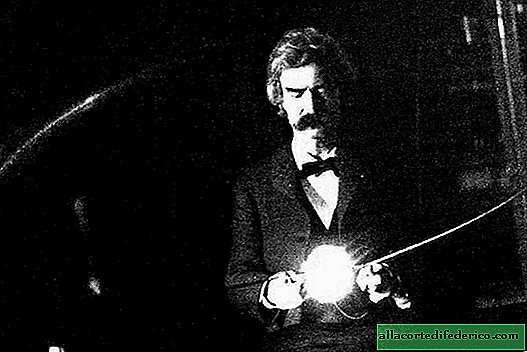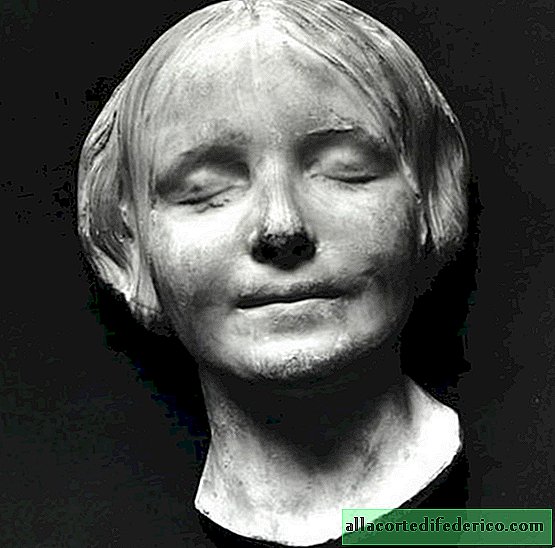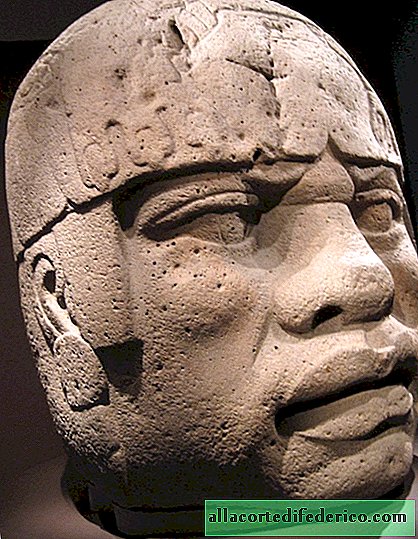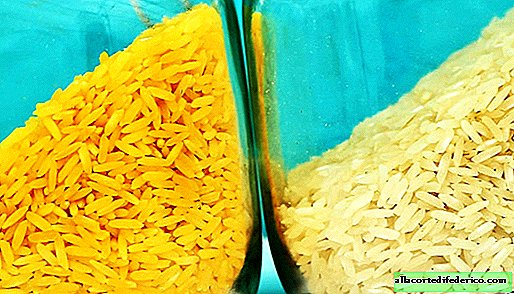Scientists have found that some dinosaurs were warm-blooded
According to the modern classification of the animal world, only two classes are warm-blooded creatures. These are mammals and birds. Warmbloods are called organisms that are able to maintain a constant high body temperature, regardless of ambient temperature. Warm-blooded mammals and birds became the only vertebrate land animals that have mastered the northern latitudes of our planet. Amphibians and reptiles, due to their cold-bloodedness, can live only in warm climates. Only a few representatives of these classes inhabit the temperate climate zone, hibernating for the winter.
Dinosaurs that dominated our planet in the Cretaceous and Jurassic period belong to the class of reptiles or reptiles. And one of the main reasons for their extinction, scientists have long considered the cooling of the climate. Cold-blooded ancient reptiles could not breed offspring that hatched from eggs, and also could not maintain the necessary temperature inside the body after the environmental conditions changed. But lately, paleontologists have increasingly voiced versions according to which among the dinosaurs there could be warm-blooded species or intermediate forms between warm-blooded and cold-blooded.
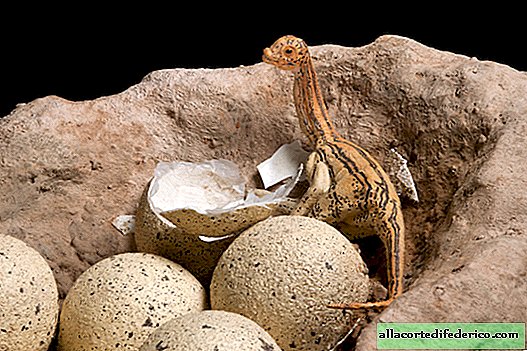
Previously, scientists tried to determine the type of thermoregulation of dinosaurs by examining their teeth. The fact is that in cold-blooded animals, teeth grow more slowly than in warm-blooded ones. But these results were mixed and did not allow us to draw accurate conclusions. Then, American paleontologists decided to determine the body temperature of some species by the isotopic composition of the shell of the eggs found. Such an interesting method became available after an experiment with eggs of modern birds and reptiles (reptiles). For the study, 13 species of birds and 9 species of reptiles were selected. It turned out that the content of carbon-13 and oxygen-18 isotopes in the shell depends on the body temperature of the female at the time of egg formation. The error during the comparative analysis was only 1-2 degrees in isolated cases. Inspired by the results, American paleontologists decided to calculate the content of these isotopes in sauropod and oviraptor eggs. Sauropods are four-legged herbivorous dinosaurs of very large sizes, which, according to scientists, led a herd lifestyle. This group includes about 130 species that lived on all continents in the Jurassic and Cretaceous. For the study, 6 sauropod eggs found in Argentina were taken. And the oviraptors were small bipedal dinosaurs about 1.5 meters high. Their diet included a variety of animal and plant foods. Some oviraptors, scientists believe, could have feather cover. The structure of their skull is also very interesting: on the head there is a crest similar to that of modern cassowary birds. Paleontologists examined 13 oviraptor eggs that were found in Mongolia.
 In the photo: Zauropods
In the photo: ZauropodsIn the course of the analysis, it turned out that the body temperature of the sauropods ranged from 35-39 degrees, and the body temperature of the oviraptor reached 32 degrees. At the same time, the ambient temperature, according to scientists, was 6 degrees lower. That is, ancient dinosaurs could maintain a body temperature higher than the ambient temperature.
 In the photo: Oviraptors
In the photo: OviraptorsThus, scientists found that not all dinosaurs had the same principles of thermoregulation. Some of them approached modern birds and mammals, while their relatives remained at the level of reptile development. It turns out that when the ambient temperature changed, they had more chances to adapt to new conditions, so some of them could survive. The new discovery raises many questions that scientists have yet to answer.

